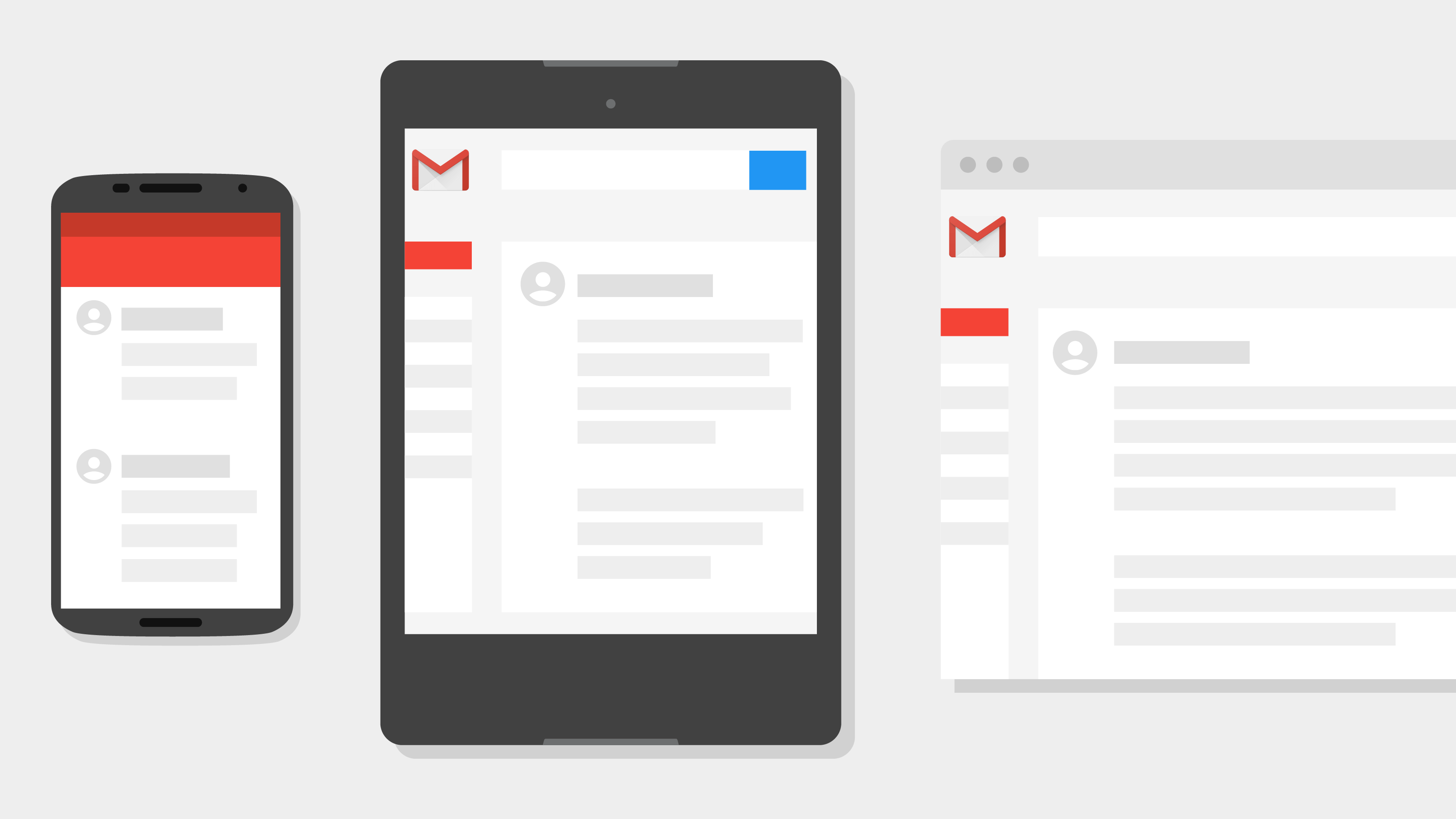
- #TURN OFF GMAIL ALL MAIL ARCHIVE FEATURE IN MAIL FOR MAC ARCHIVE#
- #TURN OFF GMAIL ALL MAIL ARCHIVE FEATURE IN MAIL FOR MAC LICENSE#
#TURN OFF GMAIL ALL MAIL ARCHIVE FEATURE IN MAIL FOR MAC ARCHIVE#
Moves items that are two years or older from a user's primary mailbox to their archive mailbox.

When an archive mailbox is enabled, the default Exchange retention policy automatically does the following: And, when you place a Litigation Hold or apply a retention policy to a user's mailbox, items in the archive mailbox are also retained.Īfter archive mailboxes are enabled, your organization can take advantage of the default Exchange retention policy (also called Messaging Records Management or MRM policy) that is automatically assigned to every mailbox. When you use the Content search tool in the Microsoft 365 compliance center to search a user's mailbox for specific content, the user's archive mailbox will also be searched. For example, you can use your organization's Exchange retention policy to move mailbox content to users' archive mailbox.
#TURN OFF GMAIL ALL MAIL ARCHIVE FEATURE IN MAIL FOR MAC LICENSE#
Users can also recover deleted items from the Recoverable Items folder in their archive mailbox by using the Recover Deleted Items tool.įor a list of Outlook licenses that support In-Place Archiving, see Outlook license requirements for Exchange features.Īrchive mailboxes help you and your users to meet your organization's retention, eDiscovery, and hold requirements. Using either of these client applications, users can view messages in their archive mailbox and move or copy messages between their primary mailbox and their archive mailbox. Users can access their archive mailboxes by using Microsoft Outlook and Outlook on the web. When an archive mailbox is enabled, users can store messages in their archive mailbox. Get-Mailbox -Filter | Disable-Mailbox -Archive Run the following command to enable the archive mailbox for all users in your organization (whose archive mailbox is currently not enabled). Run the following command to enable the archive mailbox for a single user. For instructions, see Connect to Exchange Online PowerShell.Īfter you're connected to Exchange Online, you can run the commands in the following sections to enable or disable archive mailboxes. The first step is to connect to Exchange Online PowerShell. The primary reason to use PowerShell is that you can quickly enable the archive mailbox for all users in your organization. You can also use Exchange Online PowerShell to enable archive mailboxes. Use Exchange Online PowerShell to enable or disable archive mailboxes After selecting multiple mailboxes, click Disable in the details pane. You can also bulk-disable archive mailboxes by selecting multiple users with enabled archive mailboxes (use the Shift or Ctrl keys). If you disable a user's archive mailbox, no action will be taken on mailbox items and they will remain in the user's primary mailbox. The default archive policy assigned to users' mailboxes moves items to the archive mailbox two years after the date the item is delivered. So if you re-enable the archive more than 30 days after disabling it, a new archive mailbox is created. After 30 days, the contents of the original archive mailbox are permanently deleted and can't be recovered. In this case, the original contents of the archive mailbox are restored. After you disable an archive mailbox, you can reconnect it to the user's primary mailbox within 30 days of disabling it. You can also use the Archive page in the Microsoft 365 compliance center to disable a user's archive mailbox. After selecting multiple mailboxes, click Enable in the details pane.

You can also bulk-enable archive mailboxes by selecting multiple users with disabled archive mailboxes (use the Shift or Ctrl keys). The Archive mailbox column indicates whether an archive mailbox is enabled or disabled for each user. In the left pane of the Microsoft 365 compliance center, click Information governance, and then click the Archive tab. If you don't see the Archive page in the Microsoft 365 compliance center, ask your administrator to assign you the necessary permissions. By default, this role is assigned to the Recipient Management and Organization Management role groups on the Permissions page in the Exchange admin center. You have to be assigned the Mail Recipients role in Exchange Online to enable or disable archive mailboxes. For more information, see Overview of auto-expanding archiving. This means that users won't run out of mailbox storage space and you won't have to manage anything after you initially enable the archive mailbox and turn on auto-expanding archiving for your organization. When auto-expanding archiving is turned on, and then the initial storage quota in a user's archive mailbox is reached, Microsoft 365 automatically adds additional storage space.


The auto-expanding archiving feature in Microsoft 365 provides additional storage in archive mailboxes.


 0 kommentar(er)
0 kommentar(er)
